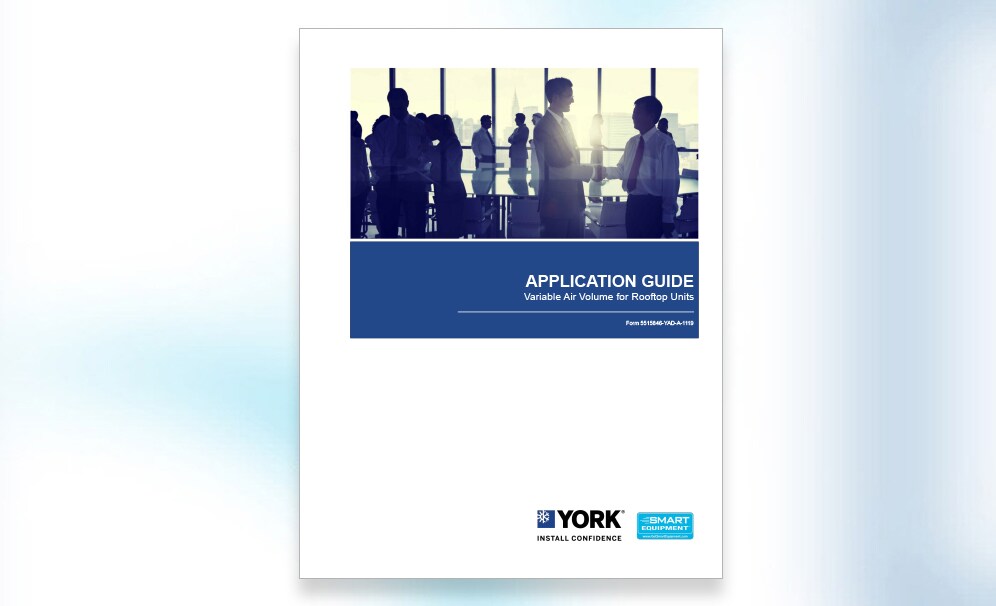Designing Rooftop Units for Wind and Seismic Events
The American Society of Civil Engineers (ASCE) and Structural Engineering Institute (SEI) code 7-16 contains information about the influence of loads that can occur in structures – including those generated from wind and seismic events. Since rooftop units are exposed to outdoor elements, standards have been developed to help provide peace of mind during a variety of naturally occurring weather phenomena.
Wind Standards for Rooftop Units
Wind load provisions are contained in ASCE/SEI code 7-16, and the 2018 revision has been adopted into the International Building Codes (IBC) (ICC 2017b). For anyone familiar with earlier versions of this standard, it’s worth noting that wind load provisions in ASCE/SEI 7-16 are very different than previous versions. The code details a number of standards related to:
- Wind loads (general)
- Wind loads (main force resistance; directional and envelope)
- Wind loads on building appurtenances
- Wind loads on components and cladding
- Wind tunnel procedures
In addition, velocity pressure, wind and hurricane qualifications and regional codes also exist. For example, Florida has brought its own building codes into effect to help ensure buildings in hurricane-prone regions can more easily withstand the impact of a hurricane and wind-driven debris. These standards include:
- TAS 202: Uniform Static Air Pressure Test
- ASTM E72: Racking Load Test
- TAS 201: Impact Test (Missile Test)
- TAS 203: Cyclic Pressure Loading Test
While hurricanes and other high-wind events are inherently uncontrollable, rooftop unit design requirements like those found in ASCE/SEI code 7-16 can help ensure homes, offices and other spaces are less vulnerable to nature’s forces.
Seismic Event Standards for Rooftop Units
Designing rooftop units to withstand the forces of an earthquake can help them to provide ongoing, functional operation while maintaining structural integrity after a seismic event. This level of functionality is required by International Building Code (IBC) standards under the Office of State-wide Health Planning and Development (OSHPD) certification requirements for essential facilities, including hospitals, police stations and emergency shelters. Seismic activity can vary widely based on geographic location, and the specific requirements vary by building type.
One important component in rooftop units designed for seismic activity relates to how the unit is anchored. In fact, ICC 2011 outlines that all external parts of a rooftop unit mush remain attached or anchored after a seismic event. A summary of the anchorage guidelines includes the following aspects:
- Life safety is the primary purpose of seismic or wind design for HVAC equipment and systems.
- Anchorage cannot depend on gravity. The equipment must be positively attached to the building structure.
- Restraint systems and attachments to the building structure must be detailed by calculations.
- Compliance with building code requirements is necessary for securing rooftop equipment to building structure.
